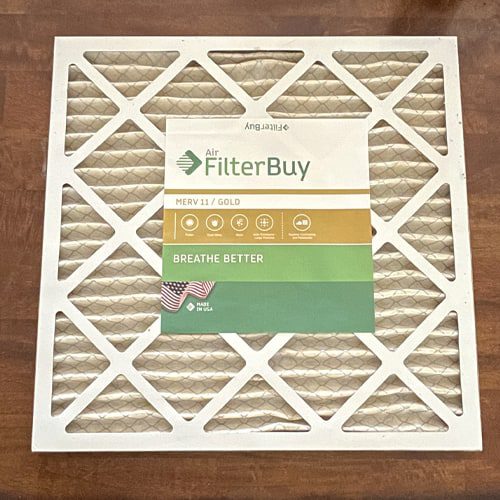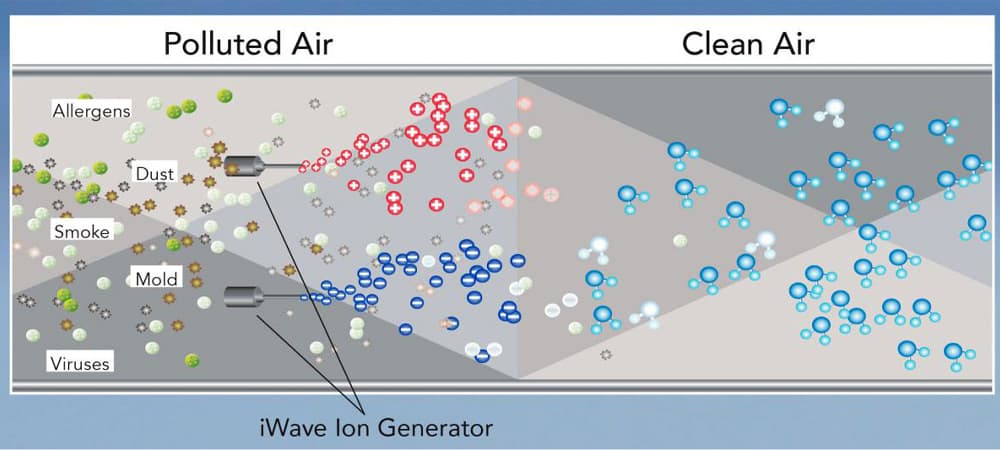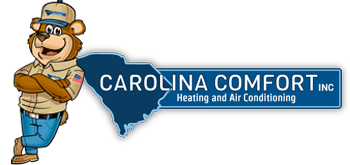Air Purifiers: Pros and Cons
Air purifiers are a quick way to boost the quality of life in your home. For certain people, it’s a must-have. Who doesn’t want cleaner air, after all? In a few minutes, you’ll learn about the different types of purifiers and which one is right for certain applications. But first, a quick definition.
What is an Air Purifier?
The simple answer is that air purifiers are there to clean up the air in your room. There are different types of air purifiers, but the basic principle is the same: they bring in dirty air, pass it through different types of filters that essentially sanitize the air, and release that clean air back into your home.
What are they cleaning up specifically? That depends on the type of purifier. They could be getting rid of allergens, smog, dirt, dust, pollen, and/or pollutants. Certain purifiers will even get rid of microorganisms like bacteria, mold and airborne virus particles.
An air purifier is one way to improve your indoor air quality and create a more comfortable and healthier place for your family.

A lot of people don’t realize that the air in their home can be so dangerous. Without an air purifier, who knows what you’re breathing in all day? It’s all a matter of picking the right one to help you and your family.
Types of Air Purifiers and Pros and Cons of Each
The good news is that there are a few different air purifiers to choose between. To help you avoid buyer’s remorse or picking up the wrong one, we’ll take a look at each of them. Be sure to check the pros and cons in each section, too.
Air Purifiers with Filters
Air purifiers that use filters are really common in a household. The concept is that a piece of material with little holes in it will screen out tiny particles and harmful pollutants. The size of these holes is referred to as the MERV rating.
MERV stands for Minimum Efficiency Reporting Values. A higher MERV value will have smaller holes and trap more particles from the air. The only potential problem is that your home’s air has more difficulty moving through smaller holes. If you pick a MERV rating that’s too high, then you might experience some airflow issues to your HVAC.
A lot of people think that HEPA filters are the way to go when it comes to an air purifier. The truth is that HEPA is currently just a buzzword. In fact, your average HVAC system can’t even handle a HEPA filter – they’re mostly seen in medical applications when you need to control the environment. Don’t fall for the HEPA trick, because you’ll probably wind up with a useless HVAC unit.
If you want the best result, you’ll need to pick the right MERV rating. We typically offer a MERV 8 filter, but we can go up to a MERV 16 if your household’s needs require that strong of a filter.
Keep in mind, there’s a difference between an air purifier with a filter and some of the other options we’ll talk about in a second: maintenance. As the filter screens out airborne pollutants, it will start to clog up. You’ll have to have your filters replaced routinely so you can get the best results.
Pros:
- Affordable option
- High effectiveness and efficiency
- Lots of options for purifiers
- Some models come with added protection like UV filtering or adsorbent chemicals
Cons:
- Requires some maintenance
- Filter requires continuous replacements
- Doesn’t filter odors
- Smaller particles will still pass through the filter

Air Purifiers with Ionizers
Ionizers, also called ionic air purifiers, use ions. An ion is a charged microscopic atom. If it’s negatively charged, it will attract dust, pollen, allergens, and pollutants from the air. These irritants will combine with the ion and create a pair.
However, not all ionizers are created equal. Old-school ionizers only pump out negatively charged ions and don’t do anything about the dust-ion clumps. These pairs will just settle into your carpets, drapes, and even continue to float around in your air.
In other words, this type of ionizer is just moving the mess around without cleaning up. You’re left with dust, pollen, and allergens all over your home. Using a bipolar ionizer like one made by iWave takes this concept to the next level. This purifier also pumps out positive ions that work together with the negative ions. They clean your air without the need to sweep or vacuum up dust-ion combinations. An iWave ionizer with a MERV rating of 8 is more than enough to clean your home’s air in most cases.
This type of ionizer will take the hydrogen molecule out of airborne pathogens. This takes away their energy source, killing the particles midair. This process can be found in nature, so it’s a clean way of getting the job done without creating ozone.
Using an iWave ionizer is a self-cleaning option that requires very little maintenance and uses advanced ionization technology to scrub your air, unlike any old-school ionizer. In addition, the iWave is designed to effectively kill COVID-19 particles in the air.
Pros:
- Low-maintenance
- Quiet operation
- Self-cleaning
- Can be paired with high efficiency MERV filters
- Can remove volatile organic compounds (VOCs)
Cons:
- Picking the wrong ionizer will leave a mess and create harmful ozone

Credit iwave.com
UV Air Purifiers (Ultraviolet Light)
Next up is an air purifier that uses ultraviolet (UV) light. You might have heard of UV in the past, but you might not know that UV is great at killing bacteria. Put UV light in your purifier and the result is ultraviolet germicidal irradiation (UVGI). This is the process where the UV rays break apart the airborne contaminants down to a molecular level, killing them. It kills fungi and bacteria and removes these harmful irritants from your air.
Pros:
- Mostly works for microorganisms
- UV can be used in junction with specialty filters
- Really useful in medical environments
- Kills living bacteria in the air
Cons:
- Potentially less effective than a standard filter air purifier
- Some models can produce ozone
- Not great at reducing odor
Adsorbent Air Purifiers
The other option is an adsorbent air purifier – yes, that’s a “d”, not a “b”. It’s called this because it uses a chemical process called “adsorption” and materials called “adsorbent material”. How does it work? It uses chemicals and a bunch of tiny pores to absorb something.
In this case, an adsorbent air purifier uses a chemical like activated carbon to chemically scrub the air as it passes through small pores. Dirty air goes through the purifier, bad gasses are adsorbed in, and your home is left with air that’s mostly free from pollutants.
Pros:
- Safe and effective option
- Also reduces odors
- Can remove volatile organic compounds (VOCs)
Cons:
- Can’t remove particulates like a filter can
- Should be used with a filter or ionic purifier for best results
Finding the Right Air Purifier
As you just saw, there are different air purifiers. These options aim to deliver cleaner and healthier air for your family. You deserve to be comfortable in your home, and purifiers are one way to achieve that.
A lot of air purifiers on the market fail to improve the indoor air quality inside your home. So, we did our homework. We found the highest-quality air purification systems on the market. As authorized suppliers of iWave and Lennox products, we stand by our recommendations. Our systems offer superior, reliable, and affordable solutions that your family deserves.
As a local, family-run business, we know how important it is to protect your family and your property from hidden dangers. When you need an indoor air quality system you can count on, we’ll be there. Contact us today to start breathing clean air.

5636 Bush River Rd.
Columbia, SC 29212
SC License – #M104545
NC License – #32356
Phone: (803) 794-5526

